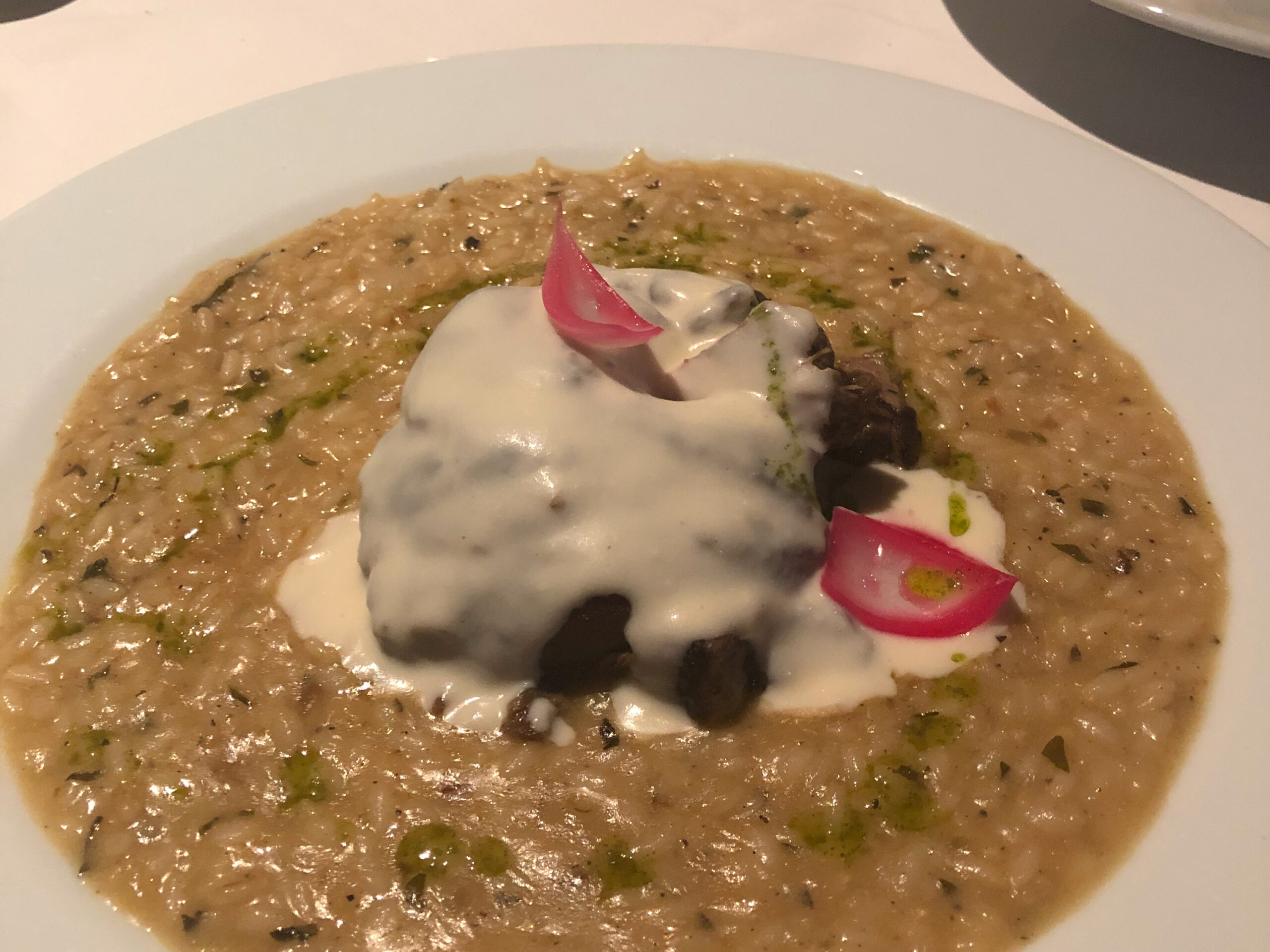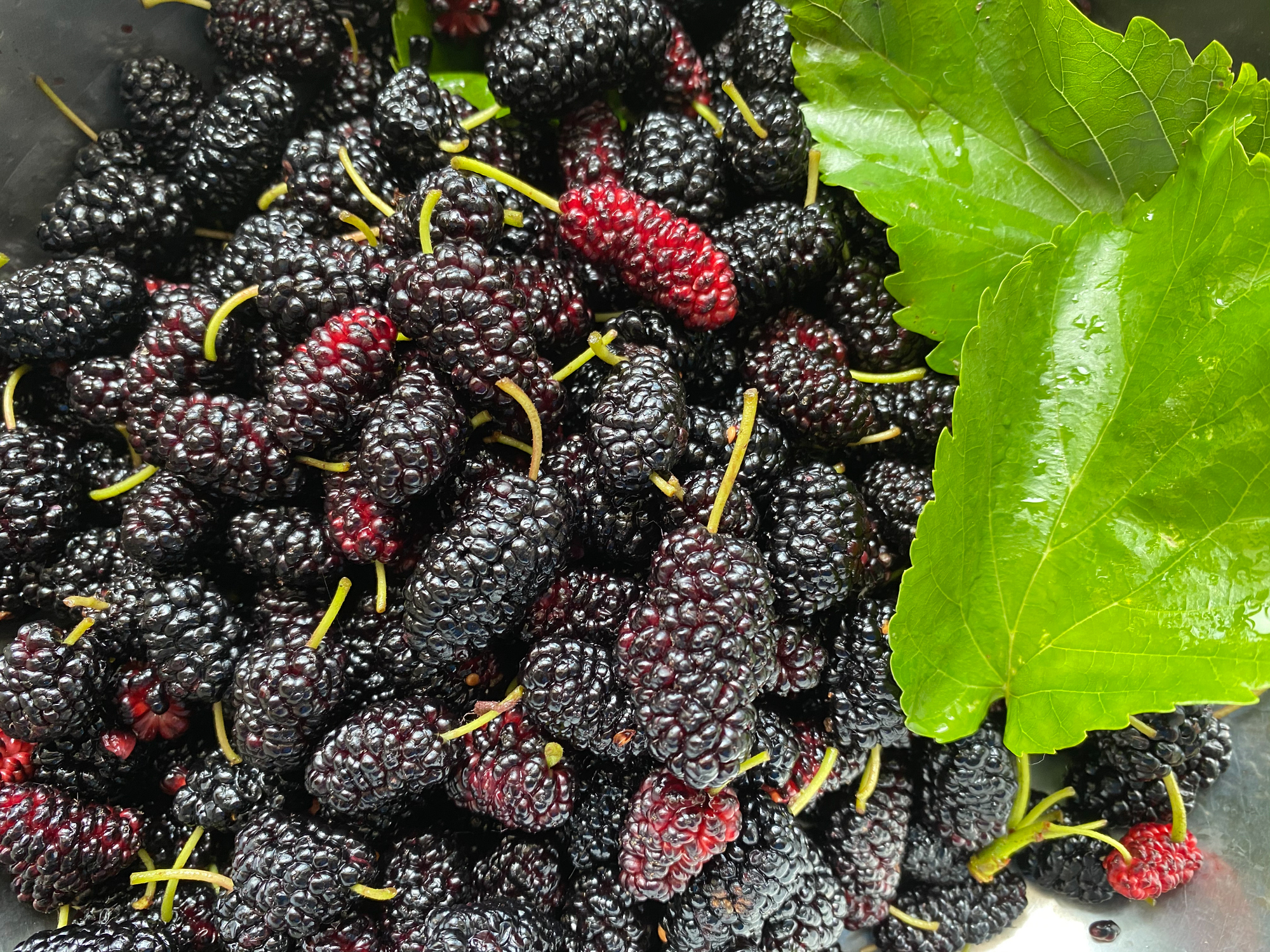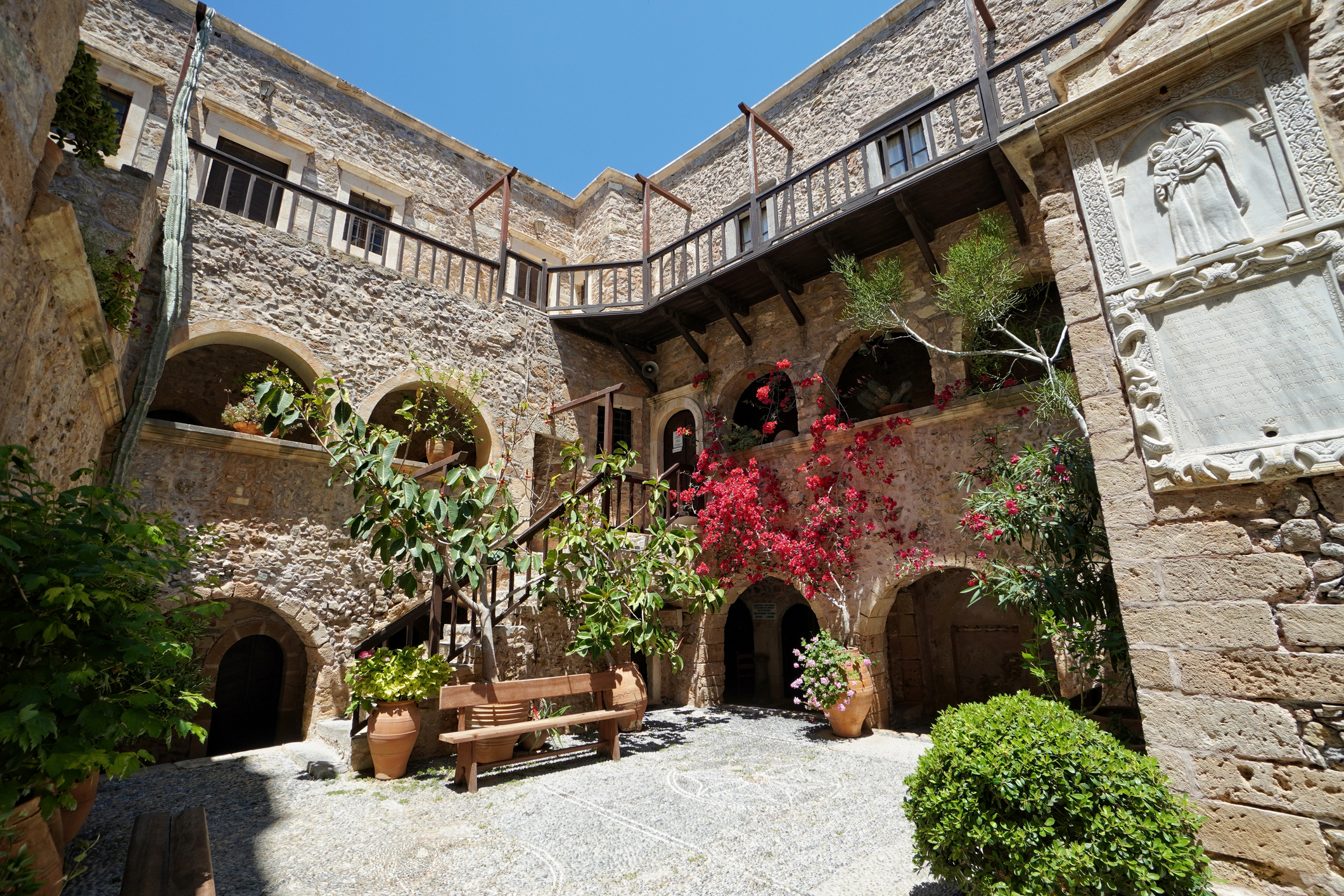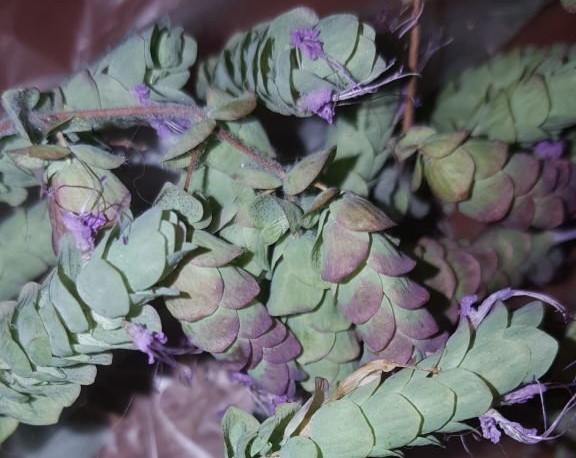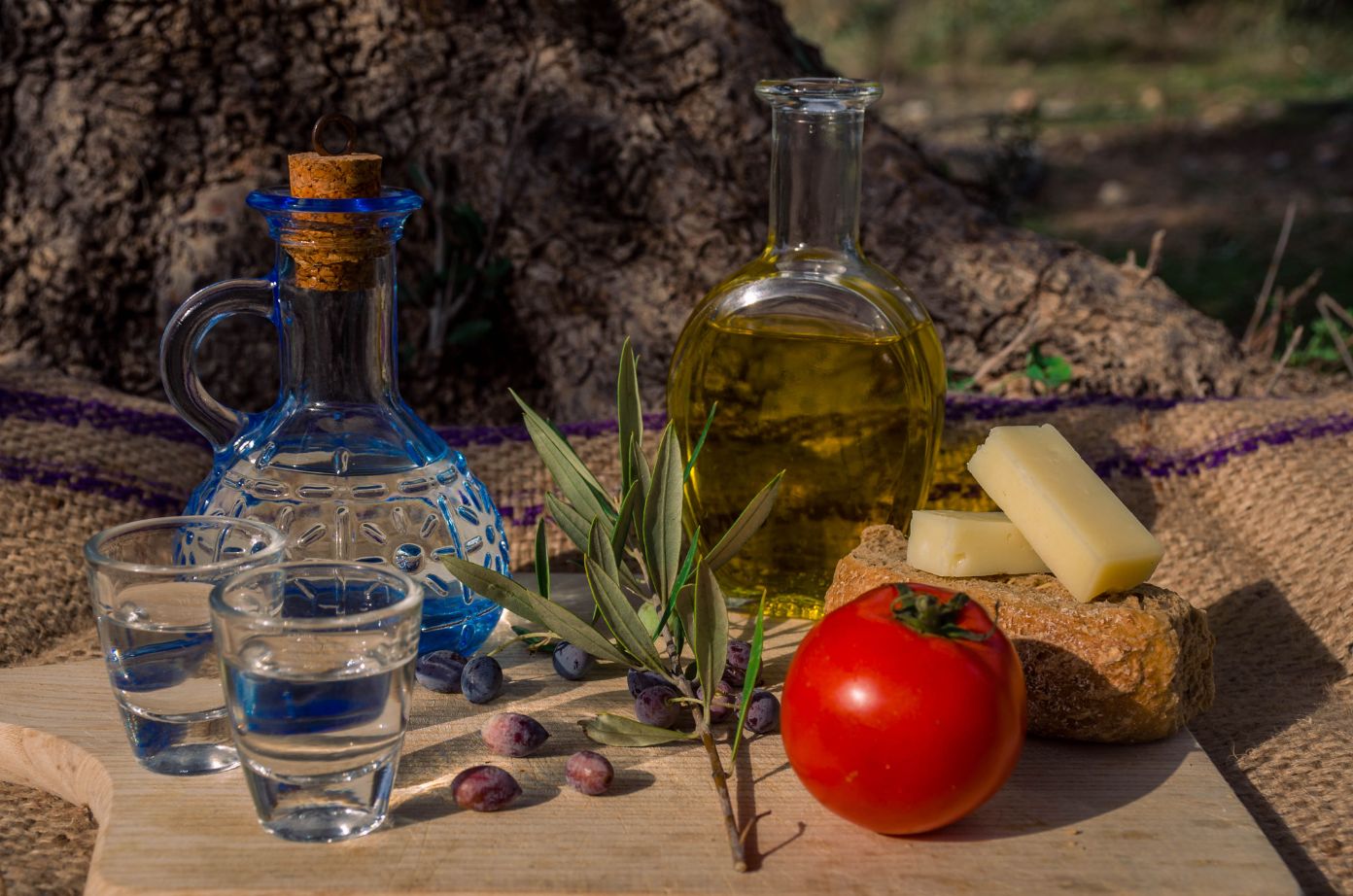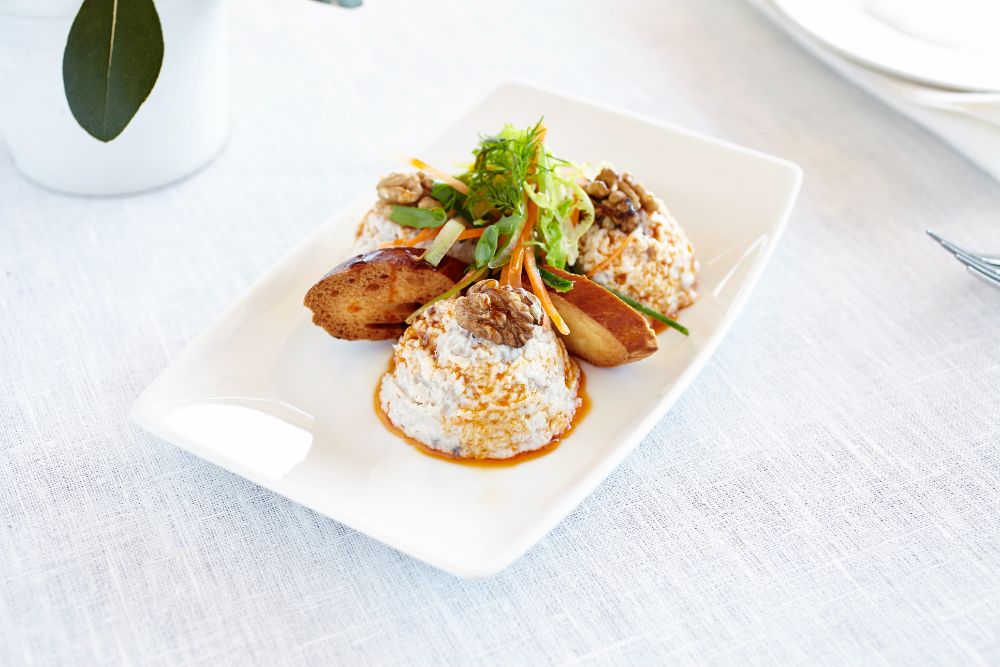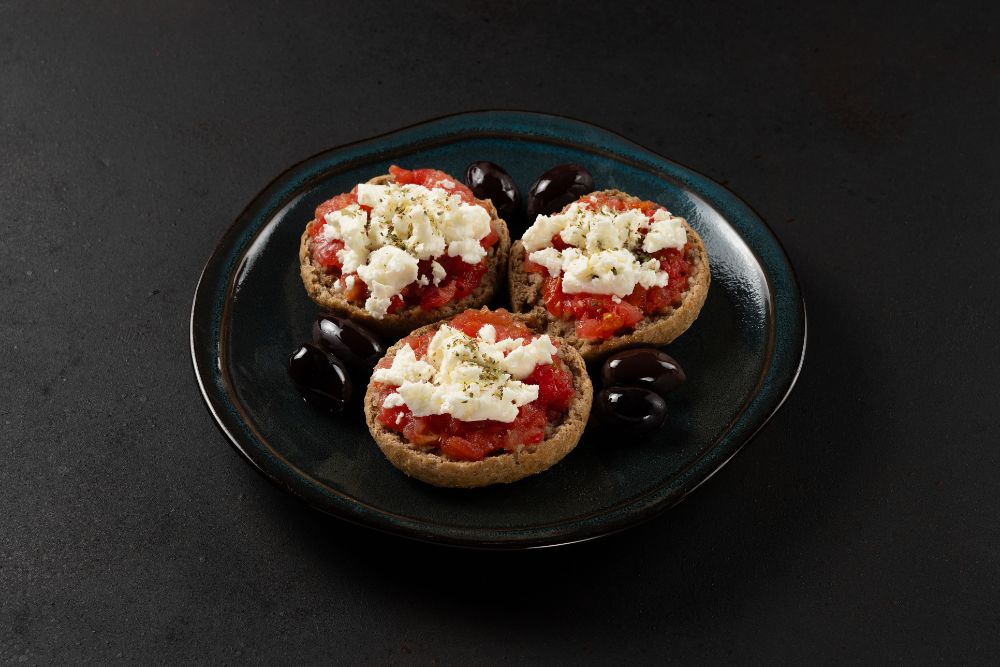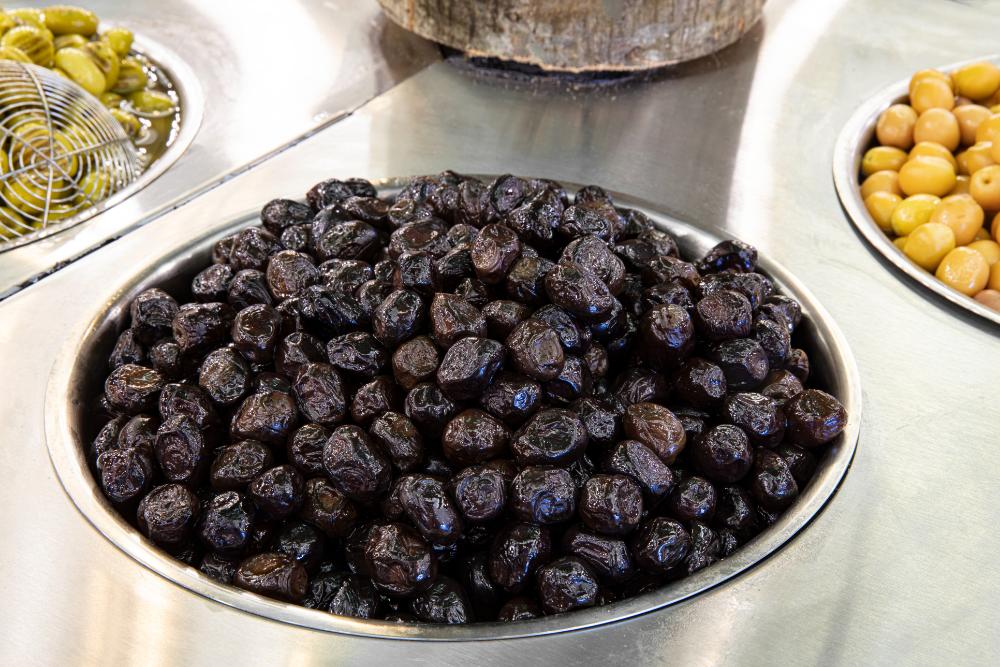An Analytical Look at the Symbolism and Social Role of Wedding Dishes in Crete
Weddings in Crete are more than a celebration of love—they are a culinary and cultural ceremony steeped in tradition. At the heart of this ritual is gamopilafo, a rich rice dish cooked in meat broth, typically goat or lamb, often finished with staka, a creamy local butter. This seemingly simple food is deeply symbolic. The boiling of different meats in a single pot mirrors the joining of two families. The dish’s dense, satisfying texture speaks to abundance, fertility, and hospitality—pillars of Cretan life.
Unlike wedding menus in other cultures that evolve with trends, Cretan wedding food remains largely unchanged, reinforcing identity and continuity. Gamopilafo, along with dishes like ofto (roast lamb) and homemade cheeses, functions as a language of belonging. Guests expect it, not for novelty, but for reassurance that some things remain sacred.
Food preparation is communal, reinforcing bonds well before the wedding begins. It’s not unusual for entire villages to contribute, transforming the event into a public expression of unity. In this context, gamopilafo becomes more than sustenance—it’s a symbol of collective effort and shared joy.
Though Cretan weddings may incorporate modern elements, the food resists innovation. This culinary conservatism isn’t about stagnation but about preserving emotional and social meaning. In a globalized world, where fast-changing food trends dominate, the steadfast presence of traditional wedding fare in Crete speaks volumes about the island’s values: community, memory, and reverence for the past.

